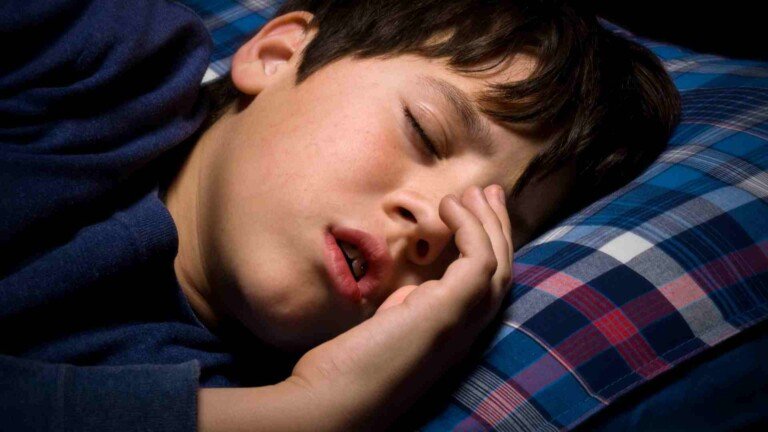Delve into the world of childhood sleep, where a peaceful slumber is a cornerstone of a child’s well-being. as parents and caregivers, we navigate the intricacies of sleep training, seeking solutions to ensure our little ones drift into a restful night’s sleep. This article presents a thorough examination of the book “Sleep Tight: Tried and Tested Child Sleep Solutions (Age 5+)” by Focus and Attention Difficulties in Children – They are the Future. Through an impartial lens, we will explore the strategies and techniques outlined in the book, assessing their effectiveness and providing insights into the realm of child sleep.
Orchestrating Sleepy Symphonies: Strategies for Nighttime Harmony
Create a Consistent Bedtime Routine
Establish a predictable bedtime routine that signals to your child that it’s time for sleep.This routine could include:
Establishing a regular sleep-wake cycle: Stick to a consistent bedtime and wake-up time, even on weekends, to regulate their body clock
Creating a relaxing habitat: Dim the lights, put on calming music, and offer a warm bath
Choosing calming activities: Engage in soothing activities before bed, such as reading a book or listening to a story
Limiting screen time before bed: Avoid screen time for at least an hour before bed, as the blue light emitted can interfere with melatonin production
Overcoming Sleep Disruptions: The Role of Sensory Sensitivities
Sensory sensitivities can significantly impact a child’s sleep. Children with sensory processing disorders may be hypersensitive or hyposensitive to certain sensory inputs such as light, noise, touch, and smells, making it challenging for them to fall and stay asleep. To address these challenges, it’s crucial to:
- Create a sensory-amiable sleep environment: This includes minimizing noise levels, using blackout curtains, and providing a weighted blanket for tactile input.
- Establish a calming bedtime routine: This can involve activities such as taking a warm bath, reading a story, or listening to calming music.
- Identify specific sensitivities: Observe the child’s reactions to different sensory inputs during the day and adjust the sleep environment accordingly.For example,if the child is sensitive to noise,use a white noise machine to block out distracting sounds.
- Consider professional help: If the sleep disruptions persist, it’s advisable to consult a healthcare professional or occupational therapist who can provide personalized guidance and strategies to address the child’s sensory sensitivities and improve their sleep quality.
Empowering Parents: Practical Solutions for Sleeptight Success
💤 Nighty-Night Know-How for Parents: Unlocking the Secrets of sleeptight Success
Table: Sleep Tight Secrets Revealed
| Problem | Solution |
|---|---|
| Bedtime Blues | Create a calming bedtime routine with warm baths, soothing music, and gentle bedtime stories. |
| Midnight Meltdowns | Establish clear bedtime rules, including a set sleep time, and stick to them as much as possible. |
| Dream Disturbers | Ensure a dark, quiet, and comfortable sleep environment by using blackout curtains, white noise machines, and breathable bedding. |
Harnessing the Power of Cognitive Behavioral Therapy: Restful Transformations
Cognitive behavioral Therapy techniques can be applied to help children struggling with sleep. CBT focuses on challenging negative thoughts and behaviors that may be contributing to sleep difficulties,while also teaching new coping skills. By teaching children to recognize and challenge unhelpful thoughts and behaviors, CBT can help them improve their sleep habits and overall well-being. For example,if a child is anxious about bedtime,CBT can help them to identify and challenge these anxieties and develop relaxation techniques to manage them.
In Conclusion
Conclude with a Thought-Provoking Flourish:
Remember,as we bid farewell to these pages,that the journey towards restful slumber for your little ones is not a race but a dance. With patience, perseverance, and a sprinkle of these tried-and-tested solutions, you will guide your precious charges towards the sweet realm of dreamland, fostering not only their physical well-being but also their future success and happiness.
